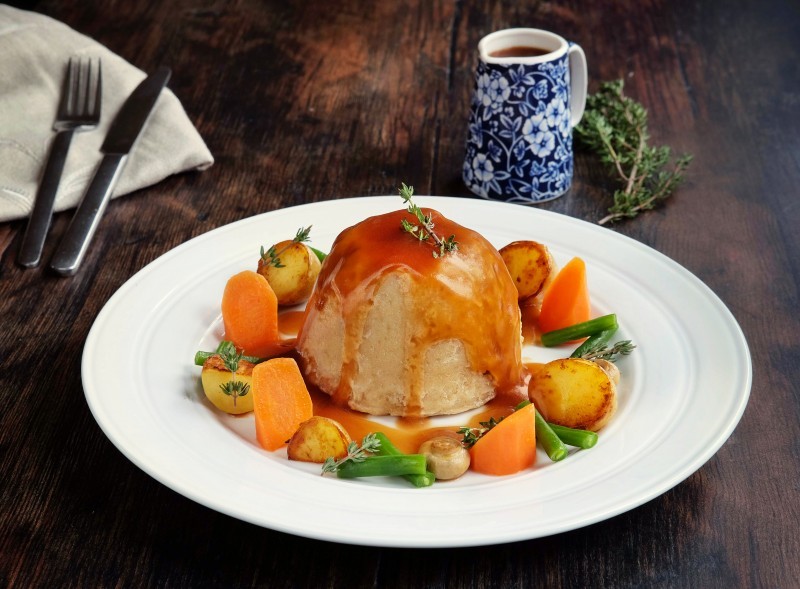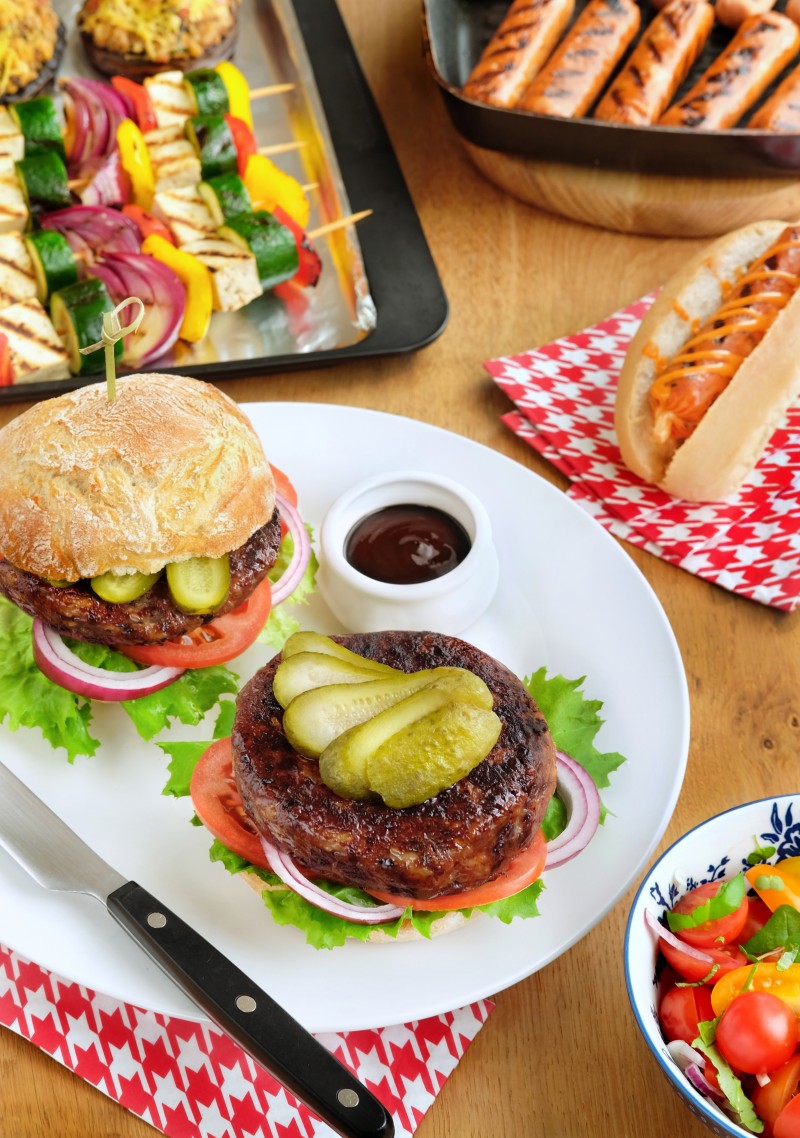Enjoying food is such an important part of the human experience. From big social functions to day-to-day living, good food is paramount.
But what should you do when cooking for people with food allergies and what can you do if you don’t know ahead of time? Or if you yourself are diagnosed in later life? In the UK, there are approximately 2 million people living with a diagnosed food allergy and several more with hypersensitivities and intolerances.
This month sees the return of Allergy Awareness Week (April 24–30). Especially when cooking for other people, you have a responsibility to be aware of what allergens are included in the food you serve. There are 14 specific allergens that need to be identified and labelled. However, people can be allergic to ingredients beyond this.

How can you make it easier for yourself to prepare food that everyone can enjoy?
One step you can take is to opt for vegan (plant-based) options. Doing this will automatically remove 5 of the 14: milk, eggs, crustaceans, fish and molluscs. However, any of the 9 remaining may still be included so need to be highlighted.
Common allergens in plant-based food (in fact, any food)
Even though five have been removed there are still a few that are commonly found in vegan foods:
Soya – This is a great source of protein and can be found in a range of food products commonly labelled as vegan, such as tofu, soya mince, soya milk, burgers, sausages, faux meats, soya sauce.
Gluten – This is found in many foods, for example cereals, bread products, pasta, oats, veggie burgers, the list goes on. It is one of the most common allergens found in processed food. The good news is, as with all of the other 14 allergens, it must be labelled. Because more people are avoiding gluten, manufacturers have responded by creating a wider range of gluten-free products from bread and pasta to beers and ice cream.
Celery – This may seem an easy one to avoid. Simply don’t put celery into your recipe! The trouble comes when buying ready meals or prepared food. Celery is commonly used in stock power, which can end up in almost anything. Celery-free stock cubes do exist so ask your suppliers for options.
Peanuts and tree nuts – Nuts are a great source of protein, flavour and texture, and can be used in savoury and sweet dishes. They were commonly found in old school vegetarian burgers before the popularity of textured vegetable protein. Unfortunately, some people have an extreme life-threatening reaction to even the smallest amount.
Sesame – Oil made from sesame has a rich flavour and is commonly used in Asian cuisine. Whole seeds add texture, flavour and protein, and are sometimes included in bread products too. They are also pureed into a paste called tahini, which is used in houmous as well as other dips and dressings.
Lupins – These can be found in a range of baked goods, sauces, bread etc.
Mustard – Obviously in mustards, but also dressings, preserves, pickles and baked goods.
Sulphates – Commonly used as a preservative in many products, particularly dried fruits, and also in alcoholic drinks such as wine, cider and beer.
For a list of gluten- and soya-free meat alternatives, check out our list here.
Simple steps


We can help!
For a range of dishes please visit our searchable recipe database. The vast majority are vegan and the rest vegetarian.
Try these delicious home-made gluten-free and vegan lemon shortbreads.

Or these lovely veggie burgers. Can we start thinking about BBQs? Why not!

Categories:
Nutritional Advice
Recipes